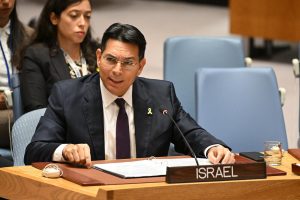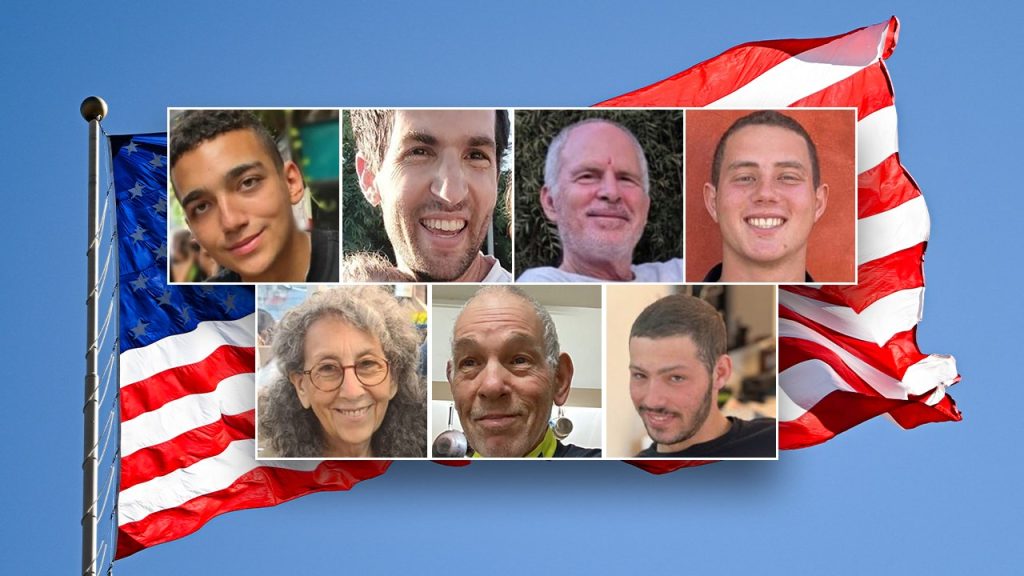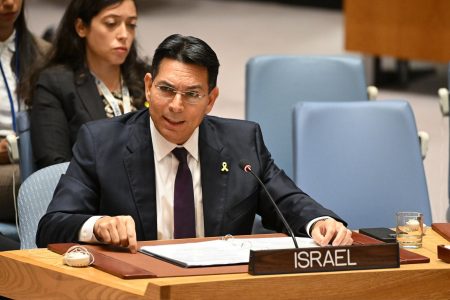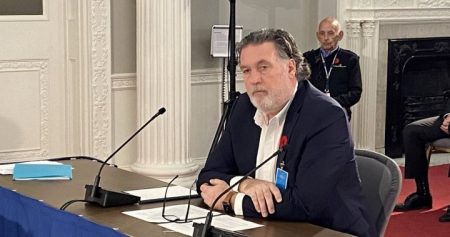Paragraph 1: The Promise of a Deal and Netanyahu’s Stance
White House National Security Advisor Jake Sullivan expressed optimism following a meeting with Israeli Prime Minister Benjamin Netanyahu, stating that Netanyahu appeared "ready to do a deal" to secure the release of hostages held by Hamas in Gaza. Sullivan conveyed Netanyahu’s desire to finalize the deal expeditiously, dismissing speculation that the Israeli government was delaying negotiations until the next US administration. Sullivan emphasized the urgency of the situation, aiming for a resolution within the current month and underscoring his commitment by being present in Tel Aviv for discussions.
Paragraph 2: Hostage Crisis Background and Recent Developments
Sullivan’s visit followed a meeting with families of American hostages, some of whom have been held captive for over 430 days following the October 7, 2023, attacks. Hope for a breakthrough resurfaced after a cease-fire agreement between Jerusalem and Hezbollah in Lebanon, raising expectations that similar progress could be achieved with Hamas. A Wall Street Journal report indicated Hamas had conceded to two key Israeli demands: allowing Israeli Defense Forces (IDF) to remain in Gaza during a pause in fighting and dropping their demand for a permanent end to Israel’s campaign. Hamas also reportedly provided a list of hostages, including Americans, for a potential exchange under a cease-fire pact. However, details regarding the number of hostages to be released and the specific individuals included, particularly among the seven American hostages – three believed to be alive – remain unclear.
Paragraph 3: Pressure from Families and the International Community
Families of hostages in both the US and Israel have intensified their calls on Netanyahu to prioritize a truce and secure the hostages’ release. The urgency escalated after a failed cease-fire attempt in late summer that tragically resulted in the deaths of several hostages, including American Hersh Goldberg-Polin. The international community, through the United Nations General Assembly, issued a resolution demanding an immediate and unconditional cease-fire between Israel and Hamas, coupled with the immediate and unconditional release of all hostages. While the resolution is non-binding, it reflects the global consensus on the imperative of resolving the conflict and the hostage crisis.
Paragraph 4: US Opposition to the UN Resolution and Focus on Direct Negotiations
Despite international pressure, the US voted against the UN resolution, arguing that it undermined the need for direct negotiations and potentially emboldened Hamas. The US maintains its commitment to pursuing a diplomatic solution that prioritizes peace, security, and freedom for Palestinian civilians in Gaza while emphasizing the importance of applying pressure on Hamas. This stance highlights a divergence in approaches, with the US prioritizing direct pressure on Hamas while the international community advocates for a broader resolution framework.
Paragraph 5: Shifting Dynamics and the Role of Hezbollah
Sullivan observed a shift in Hamas’ negotiating posture following the Lebanon cease-fire, suggesting that the agreement demonstrated Hamas could no longer rely on Hezbollah’s unwavering support. This change in dynamics potentially creates an opportunity for progress in negotiations, as Hamas may be more willing to engage in constructive dialogue without the perceived backing of Hezbollah. The Lebanon cease-fire served as a practical demonstration of the potential consequences of isolation for Hamas.
Paragraph 6: Continued Diplomatic Efforts and the Path Forward
Sullivan’s itinerary, which includes visits to Qatar and Egypt following his meeting in Israel, underscores the ongoing diplomatic efforts to achieve a cease-fire and secure the hostages’ release. These visits aim to leverage regional partnerships and facilitate negotiations between the involved parties. The focus remains on achieving tangible progress toward a resolution, building on recent developments and capitalizing on the potential shift in Hamas’ strategic calculations following the Lebanon cease-fire. The complexities of the situation, the involvement of multiple actors, and the delicate balance of humanitarian concerns with security considerations underscore the challenges ahead.










